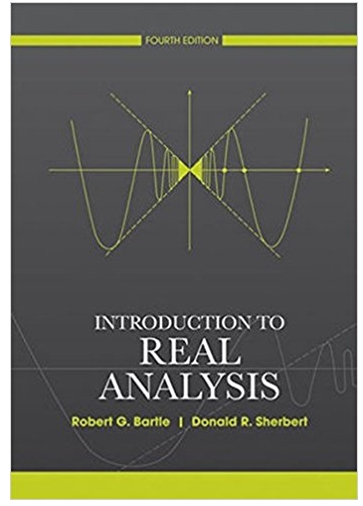Answered step by step
Verified Expert Solution
Question
1 Approved Answer
Math 215: Calculus 3, HW2 Due date: 9/26 or 9/28 60 u v |u| = 4, |v| = 3, and the angle between 1. In
Math 215: Calculus 3, HW2 Due date: 9/26 or 9/28 60 u v |u| = 4, |v| = 3, and the angle between 1. In this \u001cgure them is 600 as shown. Find the magnitude of u v and determine if the cross-product is pointing into the page or out of it. 2. Find the equation of the plane through the points P : (1, 1, 1), Q : (2, 3, 2), and R : (1, 1, 1). Begin by \u001cnding a vector orthogonal to that plane. In addition, \u001cnd the area of the triangle PQR. 3. Find the line of intersection of the planes x+y +z = 4 and x+y +2z = 1. 4. Find the equation of the plane which contains the line x = 1 + t, y = 2 t, z = 4 3t and is parallel to the plane 5x + 2y + z = 1. 5. Find the equation of the plane which passes through the point (6, 0, 2) and contains the line x = 4 2t, y = 3 + 5t, and z = 7 + 4t. 6. Find the equation of the plane which passes through the points (0, 2, 5) and (1, 3, 1) and is perpendicular to the plane 2z = 5x + 4y . 7. Find parametric equations for the line through the point (0, 1, 2) that is perpendicular to the line x = 1 + t, y = 1 t, and z = 2t. 8. Find the distance between the planes x + y + z = 2 and 2x + 2y + 2z = 1. 9. Sketch the graph of (a) (b) (c) (d) x2 + 4y 2 + z 2 = 1 x2 + y 2 z 2 = 1 x2 + 4z 2 = 1 y = x2 z 2 10. Sketch the region bounded by the paraboloids z = x2 + y 2 and z = 2 x2 y 2 1 11. This problem is about rotating vectors. (a) Suppose the vector i in the xy -plane is rotated by . Use the trigonometry in this \u001cgure and deduce that the rotated vector is cos i + sin j. (b) Suppose the vector j is rotated by . Make a sketch as above and \u001cnd the rotated vector. (c) Suppose the vector v = v1 i + v2 j is rotated by . Use your answers to (a) and (b) to \u001cnd the rotated vector v(). at = 0. 12. Consider v() as in the previous problem. Evaluate w = dv() d Explain why the dot product w.v = 0. Note that by Taylor series, we may write v() = v + w + C2 so that rotations of v by small are nearly equivalent to adding w. 13. (Optional, will not be graded) Suppose a vector v = v1 i + v2 j + v3 k rooted at the origin is rotated by a small angle around the axis given by the unit vector k. Argue that the new vector is v (k v) + error, with the error being much smaller than . Is the sign above + or ? This problem shows one of the basic ways to interpret the cross-product. If a is a unit vector, then a b captures the e\u001bect of rotating b about the axis a by a small angle. 2
Step by Step Solution
There are 3 Steps involved in it
Step: 1

Get Instant Access to Expert-Tailored Solutions
See step-by-step solutions with expert insights and AI powered tools for academic success
Step: 2

Step: 3

Ace Your Homework with AI
Get the answers you need in no time with our AI-driven, step-by-step assistance
Get Started


